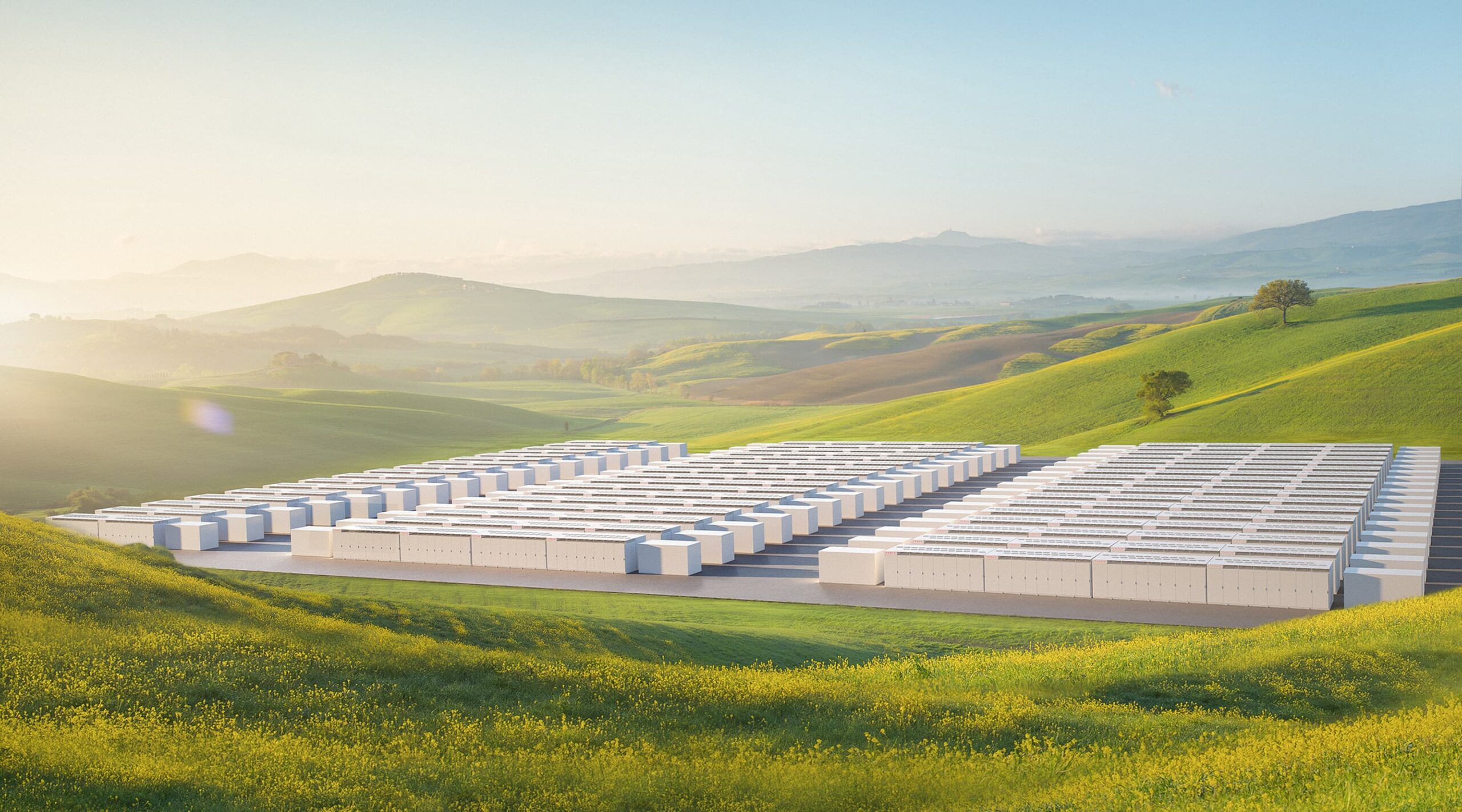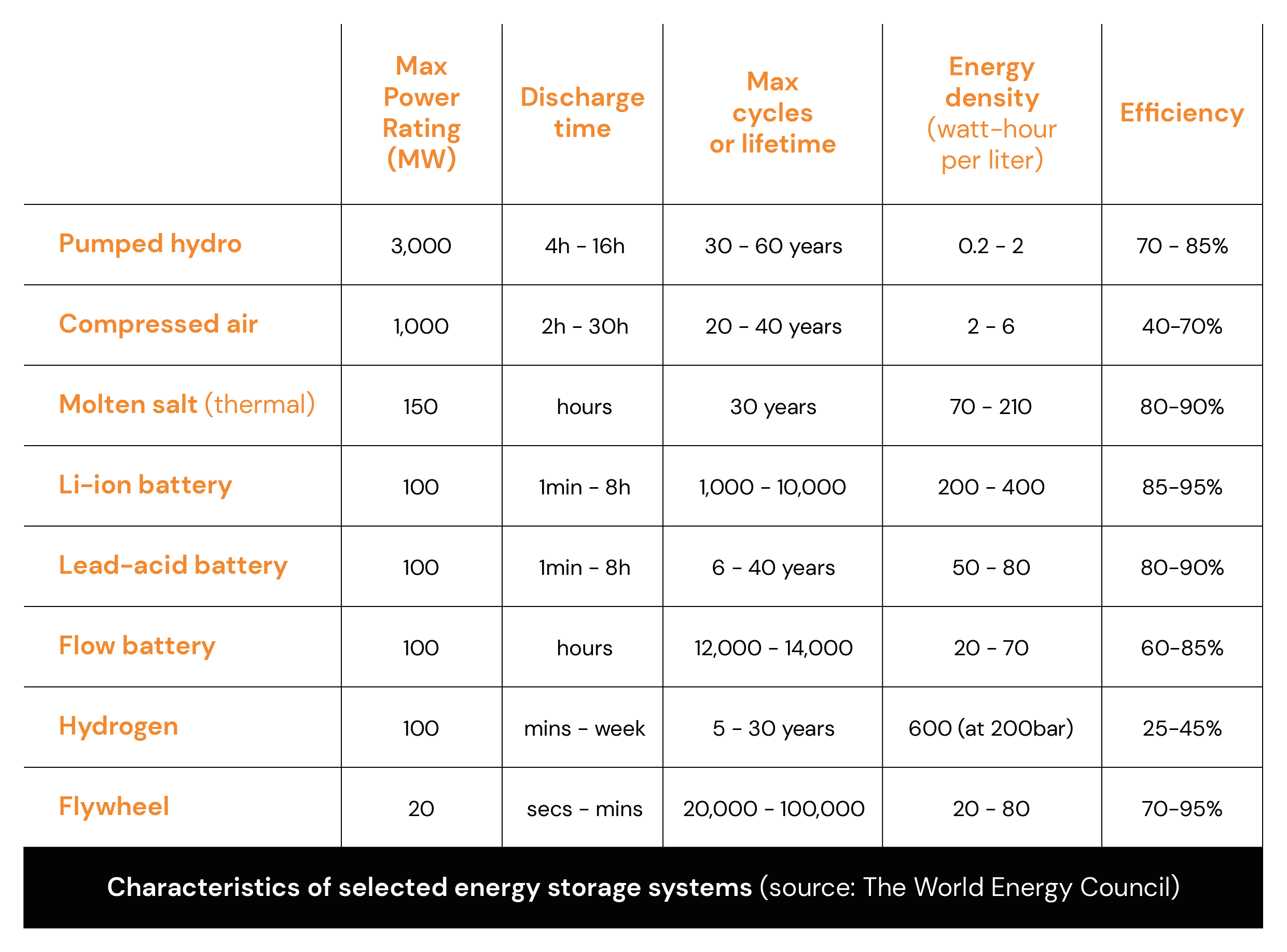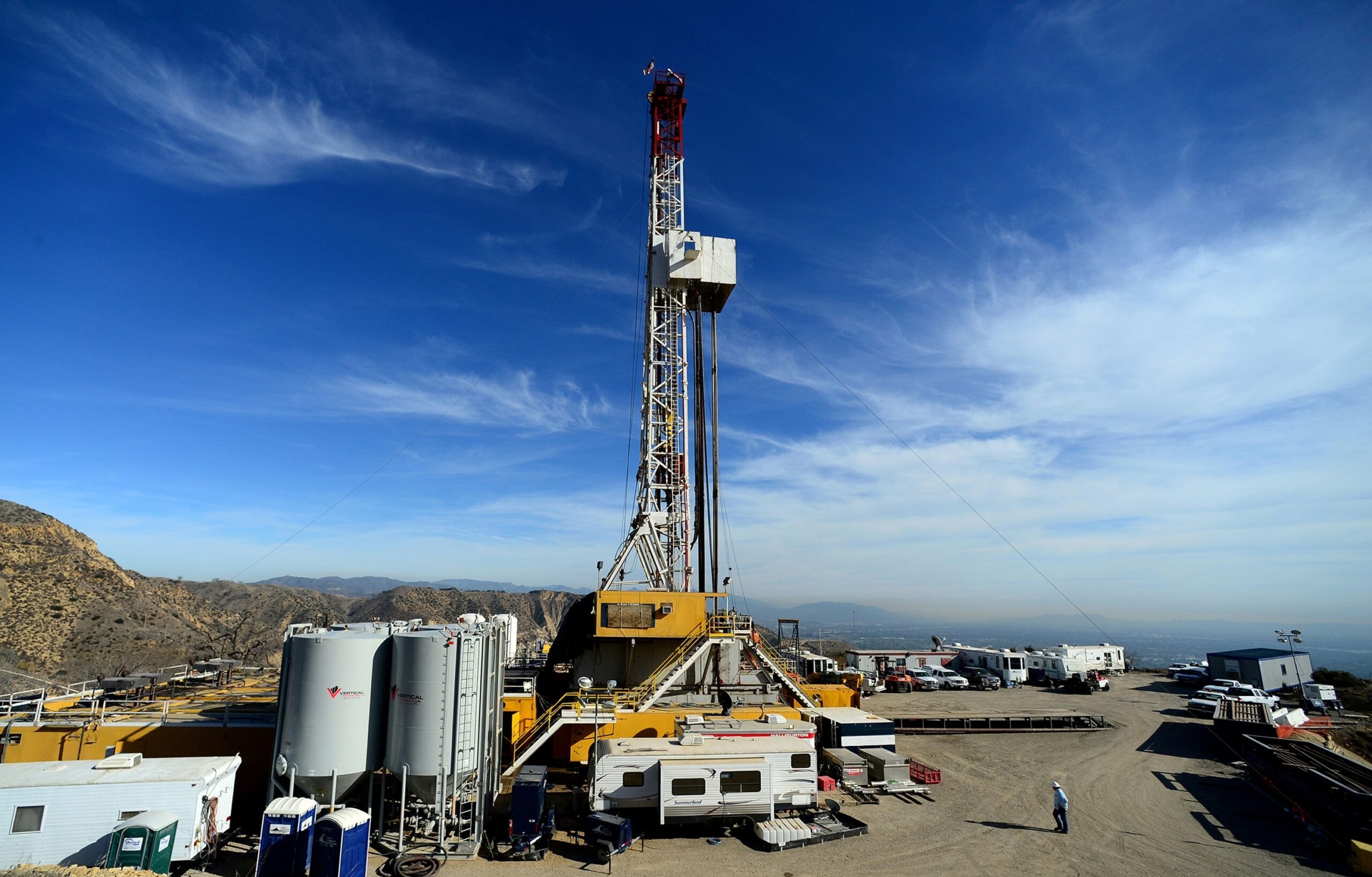
Energy storage: new opportunities
New studies analyze developments for the sector
Renewable sources growth, as well as extreme weather conditions, led experts and Governments all over the world to explore new energy storage possibilities. Nowadays energy storage solutions help compensating supply intermittence from solar and wind plants and overall fluctuations in electricity demand.
Technologies
Energy can be stored in many ways. Each solution has its pros and cons. Shown below are leading technologies that can store big energy amounts (from 20 MW upwards):

Resilience
Global tendency to electrify traditionally thermal utilities and enhance networks (today electricity is easier to produce than green heat) makes the “network resilience” a key factor for the sector’s growth.
Governments are giving more and more importance to networks “resilience”.
According to the International Energy Association (IEA), the world will have to reach 266GW of stored energy by 2030 to keep energy supply safe from climate change and keep global warming under 2°C.
Insiders say this can be achieved: global storage market should reach 942GW by 2040 (with 620 billion dollars investments in the next two decades).
The world will have to storage 266GW of stored energy by 2030 to protect itself from climate change.
Greensmith Energy, part of the Finnish technology firm Wärtsilä, has recently published a study on energy storage outlook, focusing on UK and California markets.
The Aliso Canyon case
A massive natural gas leak happened in 2015 in Aliso Canyon, 30 miles from Los Angeles, Southern California. The leak caused a shortage of energy supply for the cities in the County. In 2016 three big batteries were installed to store and improve energy capacity in the area.
The Public Services Commissioner said he was impressed by the batteries capacity to satisfy their needs in such short time. As a matter of fact, this case started a long series of investments in the Californian state.

The Aliso Canyon facility, above the Porter Ranch area of Los Angeles
Duration
Plants service-life is one of the central issues in energy storage future. Today the average duration of storage systems is 4 years and 9 months. Globally, only a dozen projects have been working for more than 10 years. However, many of these systems have been launched as pilot-programmes and planned to test several applications rather than a full-time service.
Duration in general terms but also the conservation of high efficiency standards through time are at stake. From this perspective, the performances are different.
Today storage system average duration is 4 years and 9 months.
If some plants kept a high-performance level through the years, others had negative results. In particular, Greensmith’s study analyzes two plants in Hawaii, which used lead-acid batteries and showed significant deteriorations after two years, with fires and several accidents inside the buildings.
Business models
Energy storage services are usually purchased under short-term contracts. While solar and wind assets generate long-term revenues for investors, storage projects make profit through auxiliary services and capacity market, which rarely offer long-term opportunities.
Many energy storage services are purchased under short-term contracts.
Short-term contracts make it hard for the market to develop. Alternative solutions could see the activation of long-term “development plans”, with targeted optimization measures and strategic objectives.
Energy storage future is all about definition of long-term investments. The goal is to make projects sustainable in terms of efficiency and costs. Governments are working on new plans to protect and improve energy storage in a market which is rapidly booming.

